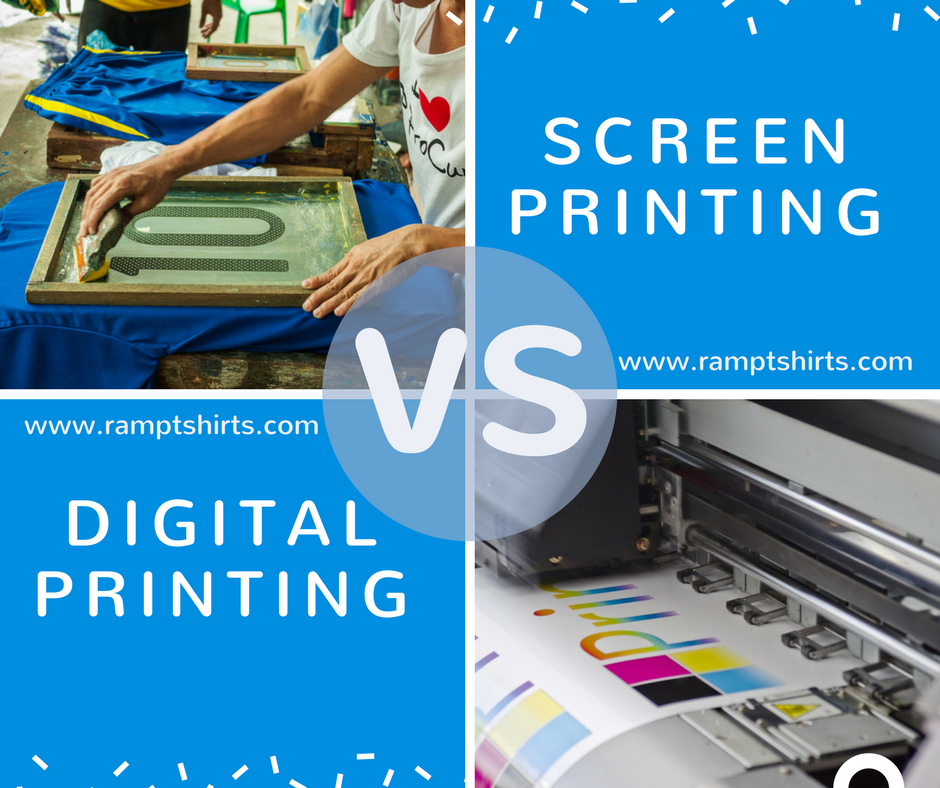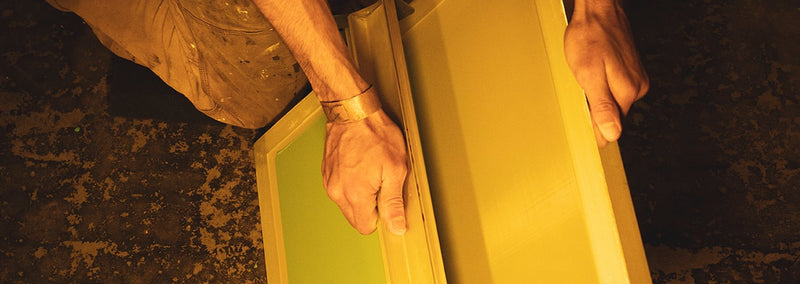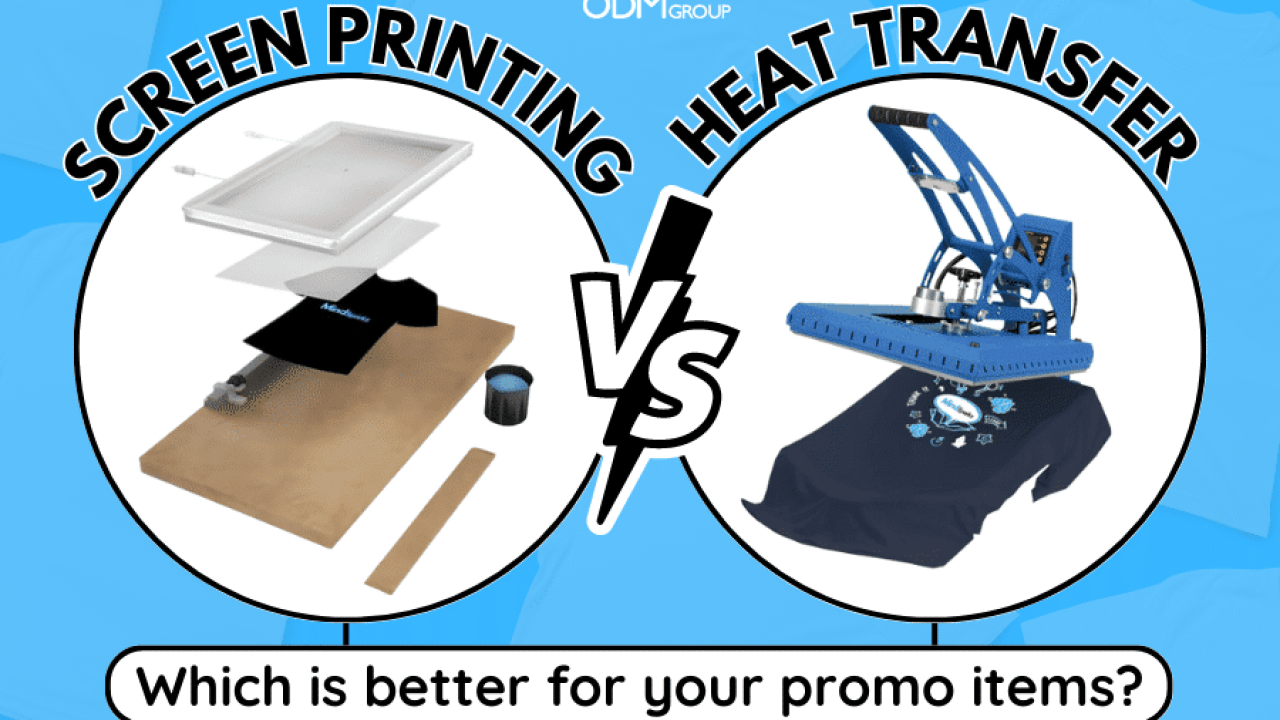Everything about Tx Tees
See This Report about Tx Tees
Table of ContentsThe 7-Second Trick For Tx TeesWhat Does Tx Tees Do?Our Tx Tees IdeasSee This Report on Tx TeesThe Main Principles Of Tx Tees Tx Tees Things To Know Before You Get ThisThings about Tx Tees
That brings your total amount to around $1,900 gross and shipping. Include up other costs, like the variety of energies it takes to run the store and the price of ink and solution per design. embroidery shop. Take the print below. This is a one-color image, so the price of ink per t-shirt is around 20 cents.The emulsion must just be a couple of cents since you 'd just need to layer one screen for this work. Generally, printers attempt to make up to 45% earnings on a print work.

With DTF, you can publish a handful of t shirts, or just one. Make use of the same calculator as the area over to calculate how much revenue you would certainly use DTF transfers. Contrast the costs and revenues to whichever technique talks ideal to your configuration and process. Both display printing and DTF have their particular niches worldwide.
The Definitive Guide for Tx Tees
The most effective method to know? Ask around and see what print stores like your own are doing. custom t-shirt design. Try both out and see which you like much better
When you're selecting what kind of printing approach to utilize for publishing your art work layouts on your garments, it is necessary that you recognize the distinctions between these two techniques so you can make the most of results while reducing expenses. Screen printing is one of the most typically utilized method for printing styles on textiles.
DTG printing is additionally referred to as place or straight to garment printing due to the fact that it prints only what is needed rather than making a screen as screen printers do. https://www.callupcontact.com/b/businessprofile/TX_Tees/8988532. Screen printing functions by screen filler squeegee display printing ink screen mesh display, then moving the image to garment using warm and/or pressure
The DTG printer uses unique dye-sublimation inks that are applied right into a pre-designed image by an electronic printing system. The inks come to be component of the textile, permitting for dynamic shades and extraordinary information. It's also recognized as spot or straight to garment printing because it prints only what is required as opposed to making a display as display printers do.
The Tx Tees Ideas
It's much faster - you can print a fullcolor image in mins, as opposed to hours for screen printing. Second, there's no established time or prices involved - you can print any type of layout you such as, without having to create a screen first. Third, there's no waste - since display printers display print one layout at a time, they have to screen each color separately.
The paper is extremely pricey and can just be utilized when. Once it's printed on, it has actually to be thrown out. - The first acquisition rate is less than the upfront financial investment of DTG printers- You can publish multi-color layouts one display at once as opposed to needing to print each color separately like DTG printing.

The 20-Second Trick For Tx Tees
Instead of utilizing display mesh as screen printers do, dye sublimation printers utilize laser modern technology to transfer your images onto garments or paper. A warm procedure transfers the dye from its solid-state directly into the gas phase which consequently merges it onto textile substrates when they are swiftly warmed to heats under high pressure.
Sublimation printing is eco-friendly. It makes use of less water than screenprinting, and because it doesn't include using harmful solvents, it's custom t-shirt design risk-free for all kinds of garments. The color sublimation inks are also odor-free when healed, unlike display printers that use hazardous chemicals during the display printing process that leave behind an unpleasant odor.
They also conserve cash on costly equipment like direct exposure units because dye sublimation printers don't need a UV exposure system or a flash remedy oven that is normally made use of in screen printing (custom cap printing). What is direct to garment printing (DTG Printing)? DTG printing is a digital screenprinting procedure that publishes directly onto fabric making use of specialized inkjet printers
Tx Tees Things To Know Before You Buy
DTG printing supplies many advantages over traditional screenprinting, consisting of the capability to print photo top quality photos, higher shade vibrancy, and the capability to print layouts on darker textiles. DTG printers work by warming the textile ink till it develops into a gas. The gas after that penetrates the fabric, bonding with the fibers to produce a long-term print.

Display printers merely prepare their display after that begin publishing up until they run out of product or ink.- There is a wide range of skilled screen printers around the globe, which can be useful for beginners. - It's a slower process - display printers frequently have to await the ink to completely dry before they can print the next color- Screen printers call for hands-on labor, so there's a higher discovering curve and it takes longer to produce a premium design- Display printing isn't as exact as DTG printing, so you may get some "blood loss" of shades from one component of the image onto another otherwise done effectively.
Some Known Facts About Tx Tees.
Rather of using display mesh as display printers do, dye sublimation printers utilize laser technology to transfer your photos onto garments or paper. A warm procedure transfers the color from its solid-state straight into the gas phase which in turn integrates it onto fabric substrates when they are swiftly heated to heats under high stress.
Sublimation printing is eco-friendly. It utilizes less water than screenprinting, and due to the fact that it doesn't involve making use of hazardous solvents, it's secure for all types of garments. The dye sublimation inks are additionally odor free when treated, unlike display printers that use damaging chemicals during the display printing procedure that leave an unpleasant odor.
They likewise save money on pricey devices like direct exposure devices because dye sublimation printers don't need a UV direct exposure device or a flash cure oven that is normally made use of in display printing. What is straight to garment printing (DTG Printing)? DTG printing is an electronic screenprinting procedure that publishes straight onto fabric making use of specialized inkjet printers.
Our Tx Tees Diaries
DTG printing uses lots of advantages over standard screenprinting, including the ability to print photo quality pictures, greater color vibrancy, and the ability to publish layouts on darker materials. DTG printers work by heating the fabric ink up until it develops into a gas. The gas then penetrates the textile, bonding with the fibers to produce a long-term print.